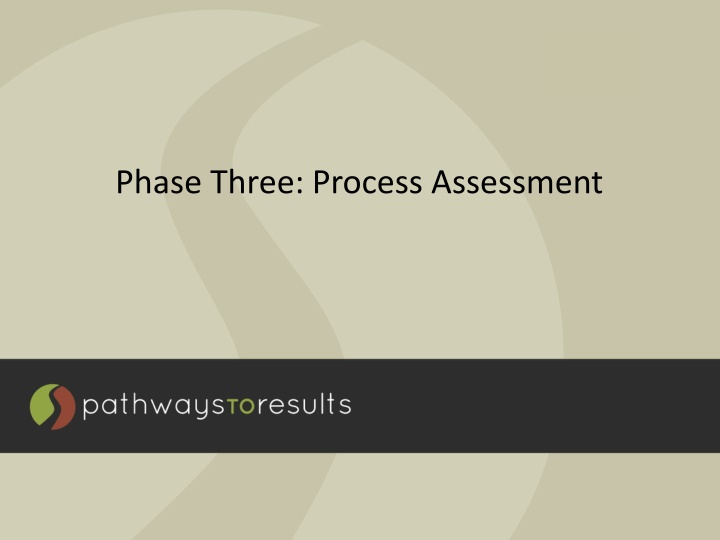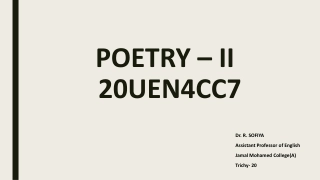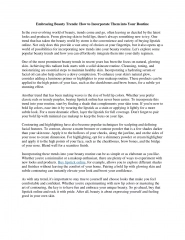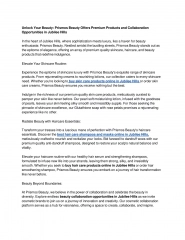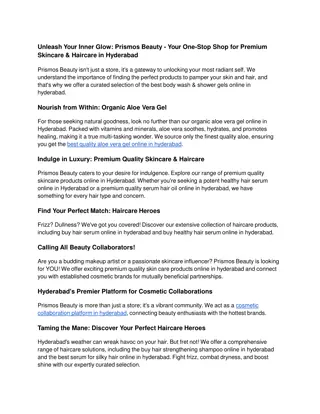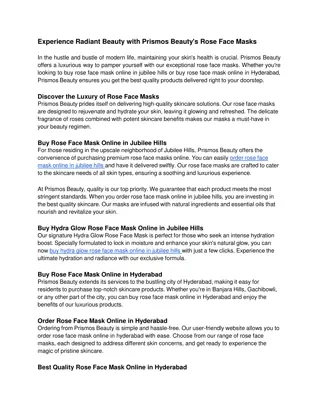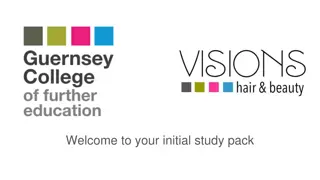The Beauty of Letting the Process Guide
In the Phase Three report, the importance of allowing the process to lead us to our destination becomes evident. Embracing this approach, rather than imposing preconceived notions, can enhance outcomes and equity in student progression. The report delves into identifying major processes, detailing steps, and recognizing contributing factors to improve student achievement along their career pathway. Through case studies like the PTR Process Inventory, the impact of processes on student success is highlighted, emphasizing the need for thoughtful analysis and action.
Download Presentation

Please find below an Image/Link to download the presentation.
The content on the website is provided AS IS for your information and personal use only. It may not be sold, licensed, or shared on other websites without obtaining consent from the author.If you encounter any issues during the download, it is possible that the publisher has removed the file from their server.
You are allowed to download the files provided on this website for personal or commercial use, subject to the condition that they are used lawfully. All files are the property of their respective owners.
The content on the website is provided AS IS for your information and personal use only. It may not be sold, licensed, or shared on other websites without obtaining consent from the author.
E N D
Presentation Transcript
During the writing of our Phase Three report I came to truly understand the beauty of letting the process guide us to where we need to go instead of us deciding where we need to go regardless of what the data showed. - Lauri Wiechmann, West Central Illinois Partnership
Purpose and Goals 1. Identify major processes supporting the Program of Study 2. Describe the steps of a major process 3. Identify contributing factors to process issues
Outcomes and Equity How does the process contribute to student outcomes? How might deficit thinking influence our perspectives? How will improved processes help students achieve?
Phase Three Steps Step 1: Identify and Describe Major Processes Step 2: Describe Detailed Steps Step 3: Identify Contributing Factors
Step 1 Identify and describe major processes that support student progress along the career pathway PTR Process Inventory Revisit problem description Describe processes Reach consensus on major process(es)
PTR Process Inventory Major Process 1 Major Process 2 Major Process 3 Process Name: What do you call this process (e.g., assessment)? Example: Advising To ensure students are registering for the courses pertaining to their Program of Study Purpose/Description: What is the purpose of the process? Low income students are not enrolling until the semester begins and are unable to take classes in their Program of Study that have been filled Discussion: How does this process relate to the equity and outcomes identified in Phase Two? Yes, identifying low income students and advising them on financial aid is important to their enrollment Decision: Does the team believe this process should be examined in greater detail?
Step 2 Describe detailed steps for the major processes Identify and describe steps of process Create graphic of process steps Identify steps of process that contribute to problem statement
Process Map All students (entering direct from HS, GED or Returning Adults Recommend to meet with Academic Advisor to develop an educational plan Start Accepted into Nursing Program Is or becomes C.N.A. & begins gen. ed. courses Attends Nursing Information Session Failure: Theory, Math Success Take TEAS entrance exam and applies to the Nursing Program Enrichment Seminar and Remediation Tutoring Graduation Graduation
Step 3 Identify potential factors that contribute to the identified problems Identify contributing factors and relationships between them. Determine which factors are underlying contributors to the problem Reach consensus on contributing factors
We were able to see what processes are currently in place and to see what barriers there are for students trying to enter into Waubonsee. Kristin Santillan, Waubonsee Partnership
Phase Three Webpage This link takes you to tools and support materials that your team needs to complete Phase Three. http://occrl.illinois.edu/projects/pathways/phases/3
References and Resources Dozois, E., Langlois, M. & Blanchet-Cohen, N. (2010). DE 201: A Practitioners Guide to Developmental Evaluation. The J.W. McConnell Family Foundation and the International Institute for Child Rights and Development. Available online: http://www.mcconnellfoundation.ca/assets/Media%20Library/Publications/DE%2020 1%20EN.pdf Process Description Worksheet is adapted from a similar worksheet produced by the National Nuclear Security Administration, Equal Employment Opportunity and Diversity Office. NNSA EEO Counselor Pre-Complaint Processing, Karen R. Harger, Patty Padilla, 8/24/2006. Available online: http://www.doeal.gove/eeo/docs/BusinessProcess.pdf Tague, N.R. (2004). The Quality Toolbox: 2nd Edition. Milwaukee, WI: ASQ Quality Press. More information about the book available online: http://asq.org/quality-press/display- item/index.html?item=H1224 The instructions for step 3, including the Contributing Factors Worksheet are adapted from: Improving Performance: A Five-Step Process, U.S. Department of Education, Division of Vocational and Technical Education, Version 2, August 2002. pp. 14-19. Available online: http://www.stemequitypipeline.org/_documents/Guidebook[1].pdf
OCCRL OCCRL e-mail: occrl@illinois.edu PH: 217-244-9390 Website: occrl.illinois.edu PTR website: http://occrl.illinois.edu/projects/pathways
